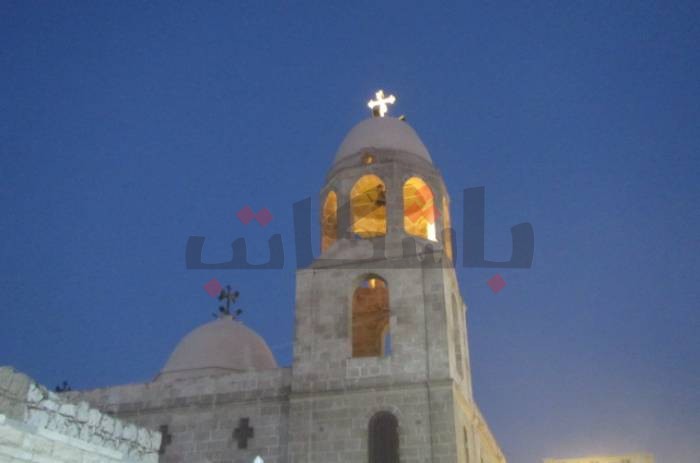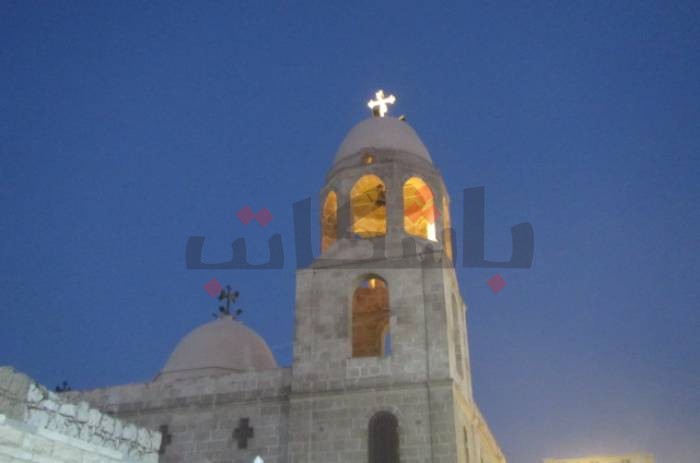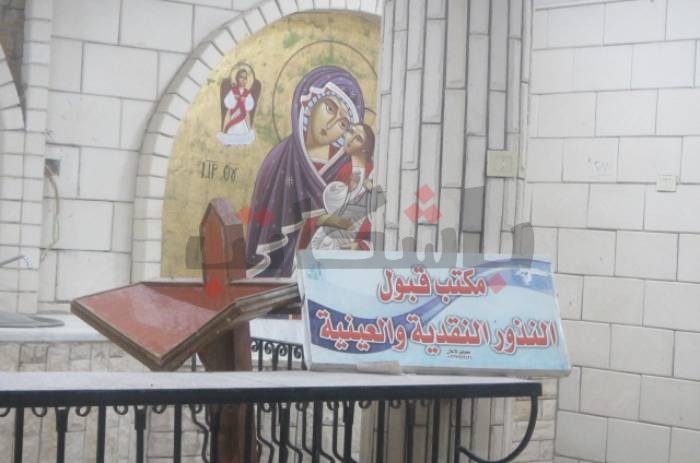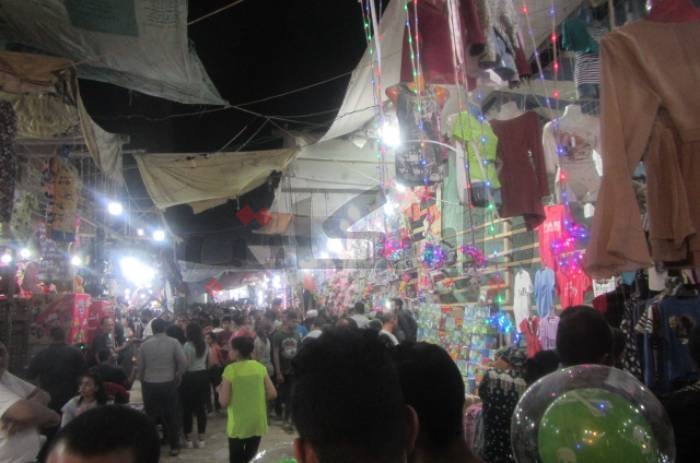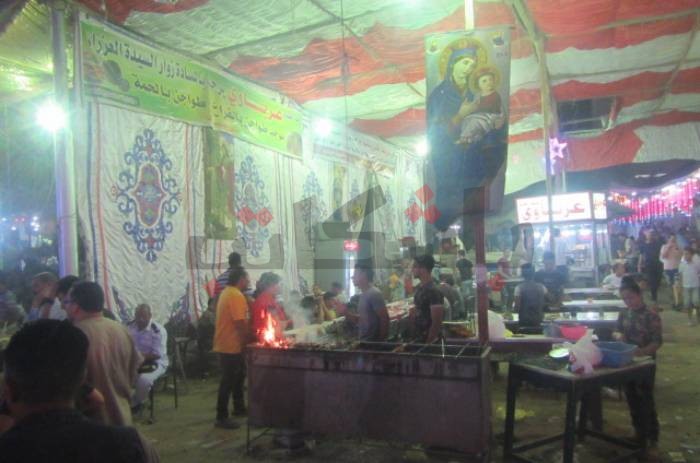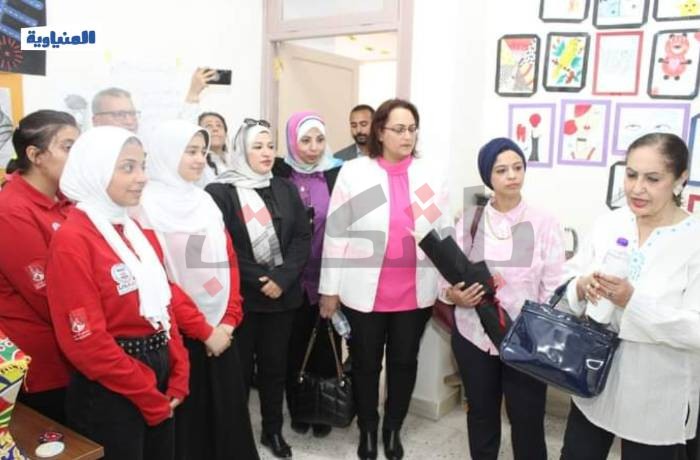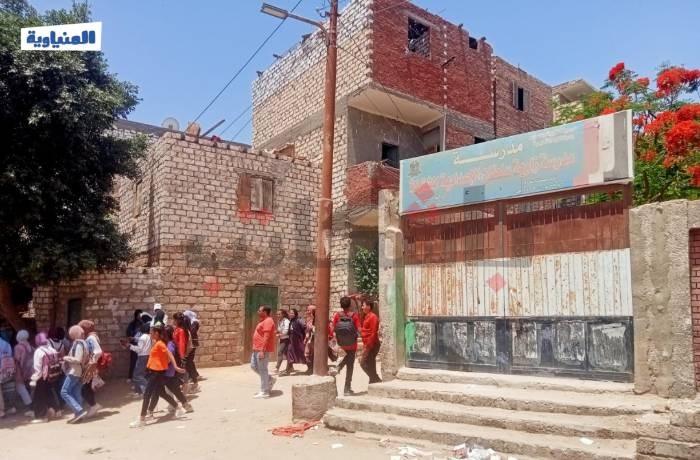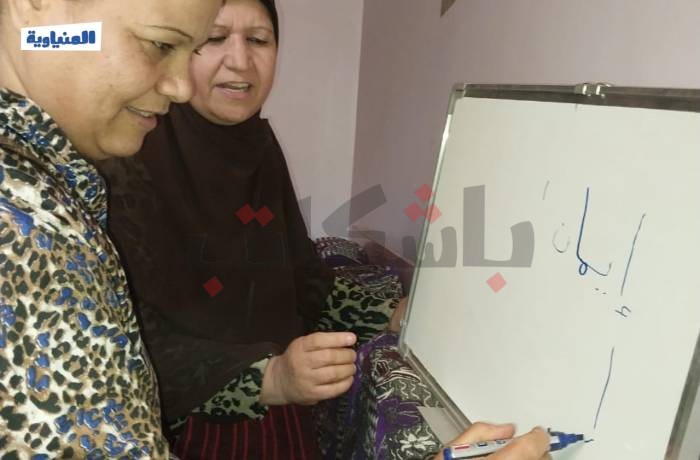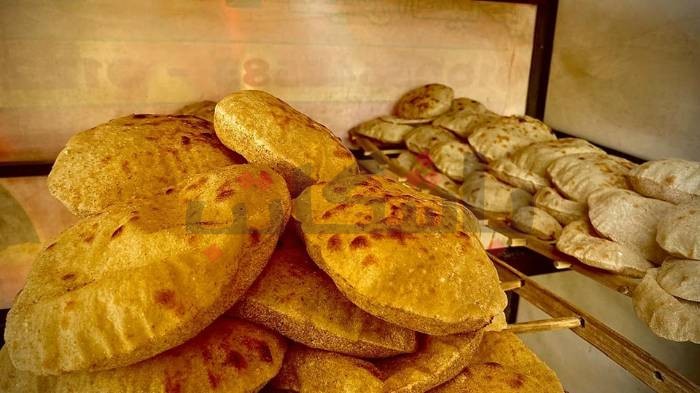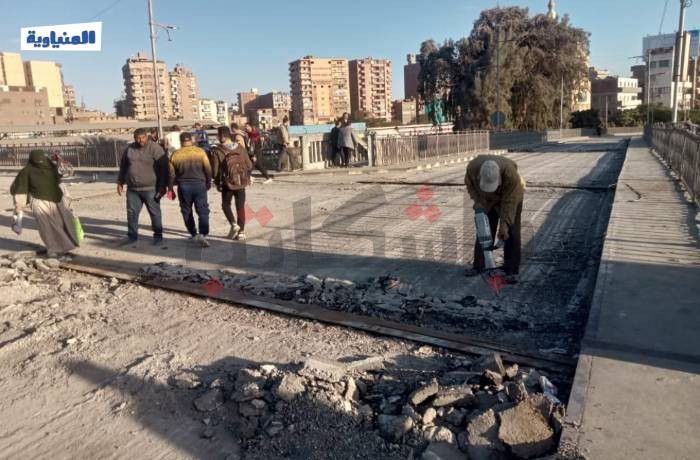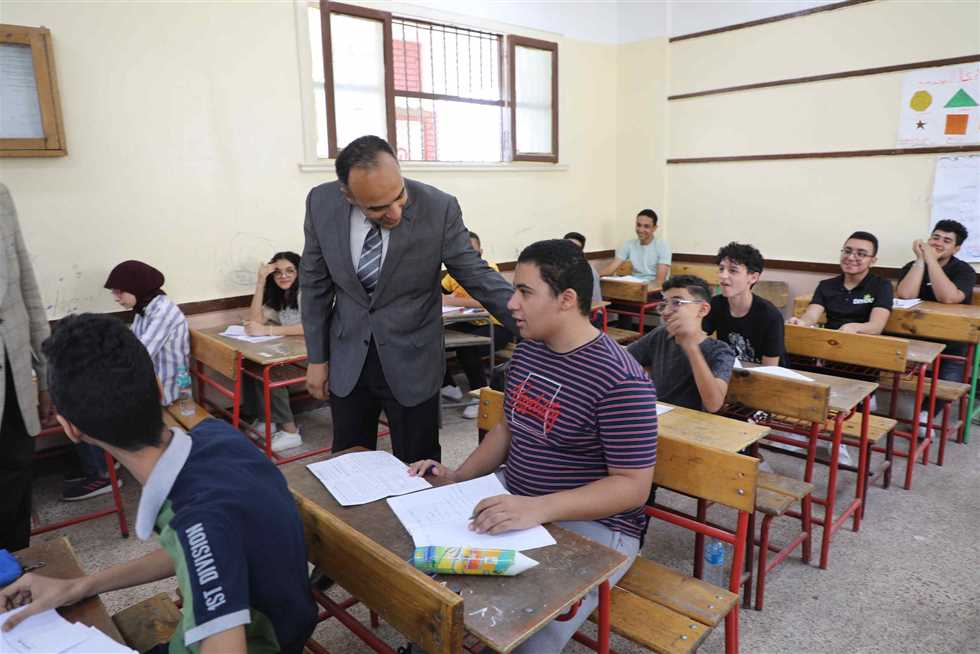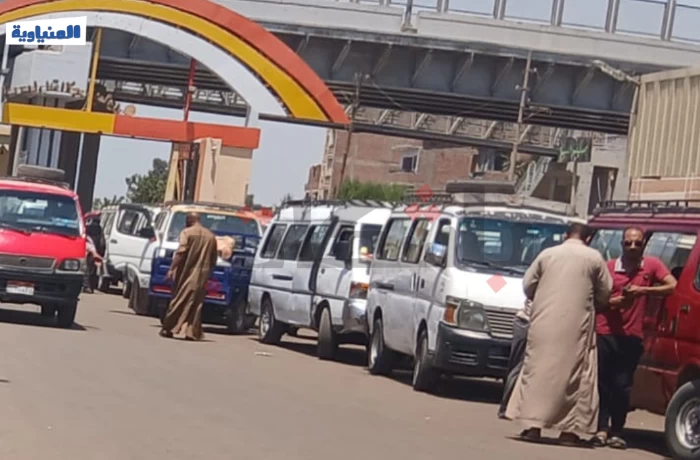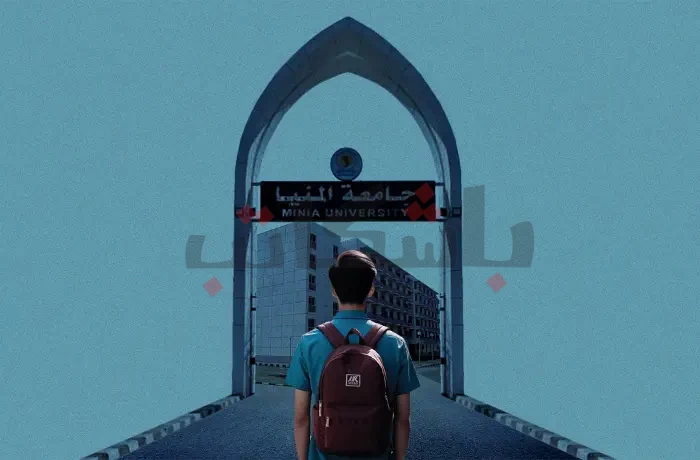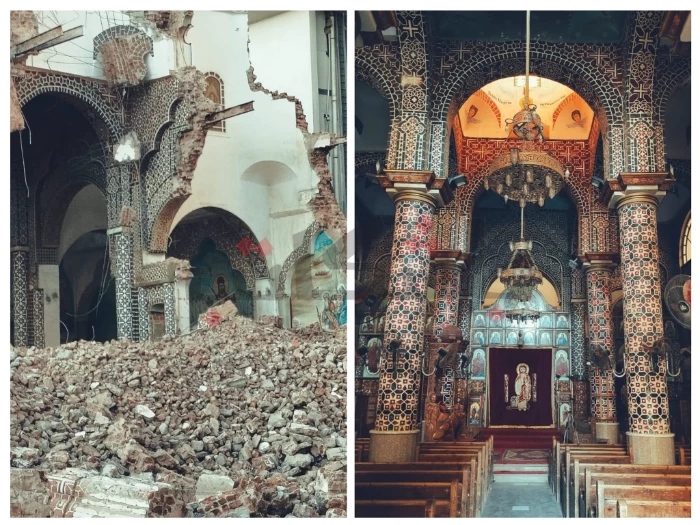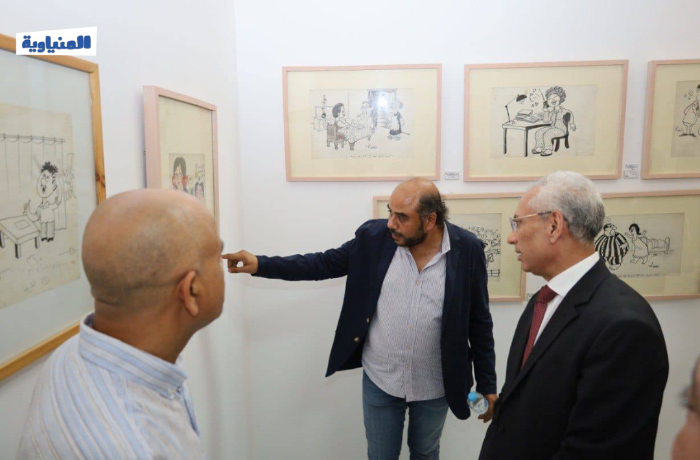Every year, the Monastery of the Virgin Mary in Jabal Al-Tair in Samalout, Minya Governorate, opens its doors to those willing to fulfill their vows. This happens during the celebrations of the Virgin Mary's birth, a ritual attended by everyone. Visitors rent nearby apartments, hoping not to miss out on the blessings.
Just as the Monastery welcomed the Holy Family, Jesus and his mother, to Egypt as they fled the persecution of the Roman Emperor Herod in Jerusalem, it continues to attract visitors who come to participate in the celebrations and offer prayers.
People from all governorates come to visit the place where the Holy Family passed by. They remember the Church of the Virgin Mary located on top of Mount El-Tair overlooking the Nile. It's an ancient rock-hewn church established by Queen Helena, the mother of Emperor Constantine, in the year 328 AD.
The Transport Authority in Minya Governorate provides buses for transporting visitors from the Minya city center to the monastery, which is approximately 25 kilometers northeast of Minya. This monastery is located on Mount El-Tair, east of the Nile, about 4 kilometers from the center of Samalout. The fare per person is 20 Egyptian pounds," explains Mohamed Ali, a bus driver, to Al-Minya newspaper. He says, "Every year during this period, we stand in the Habashi area to transport passengers to the monastery. This time is our season.”
"Minya's residents " spoke to several visitors inside the monastery about their memories, wishes, and vows.
Nineteen-year-old Samuel Albert, a student from Samalout, believes his visits to the monastery are a sacred experience. He expresses a sense of spiritual calmness seeing the churches within the monastery. Samuel first visited the monastery at the age of six with his family. He fondly remembers the joy of “Al-Morgeha” and the family gatherings.
He takes pride in living in Samalout, where the monastery is located, stating, "I feel proud. When someone asks me where I'm from and I say Samalout, they inquire about the monastery." He explains that this year's pride is heightened due to the excellent and organized arrangements, which he finds admirable.
As for Um Mina, a homemaker living in Malawi, Al-Minya, she came to fulfill her vow. She mentions that last year, she also made a vow that if her son were blessed with a child, she would come and offer money. She happily states, "I came to the Virgin Mary and fulfilled the vow."
It's the same thing Hanan Mamdouh did, a teacher in one of the schools in Maghagha, Al-Minya. She vowed for her son's recovery from illness, and when he recuperated, she came to the monastery to fulfill her vow, relieved after the fear of a tumor affecting her son's thyroid gland dissipated.
Georges Adel, 35 years old, from Deir Mawas in Al-Minya, rented an apartment in the village of Jabal Al-Tair for a week. He went with his family to celebrate as they usually do every year, paying the apartment owner 500 Egyptian pounds. For him, this celebration opens the door to blessings and sustenance, echoing the sentiment of Essam Sayed from Al-Minya: "I sold a lot of children's toys during the celebration. I wait for it every year. There are many visitors, and it's good for business too."
Visits to the Monastery of the Virgin Mary in Jabal Al-Tair weren't limited to Christians only; Muslims also attended. Omar Mahmoud, 48 years old from Al-Minya, mentioned, "My family and I are accustomed to visiting the celebration every year. The festive ceremonies are delightful, and my children enjoy it."
The celebrations for the birth of the Virgin Mary took place at the monastery between May 18th and 25th of this year. The Church of the Virgin Mary in Jabal Al-Tair belongs to the Samalut Diocese, headed by Bishop Anba Bifnotios.
The site holds historical significance as one of the stops on the journey of the Holy Family, spanning 25 locations over a distance of 3500 kilometers from Sinai to Assiut, according to the Ministry of Tourism and Antiquities.
The Holy Family settled in Egypt for three and a half years. According to a book published by the Ministry of Tourism and Antiquities, the church was carved into the rock, originally a Pharaonic or Roman tomb that later transformed into a church.
The book elaborates that the church has a western entrance adorned with stones of various sizes, featuring engravings depicting fish, botanical, animal, and human motifs. Its layout follows a basilica-like pattern, consisting of a sanctuary with three wings.
